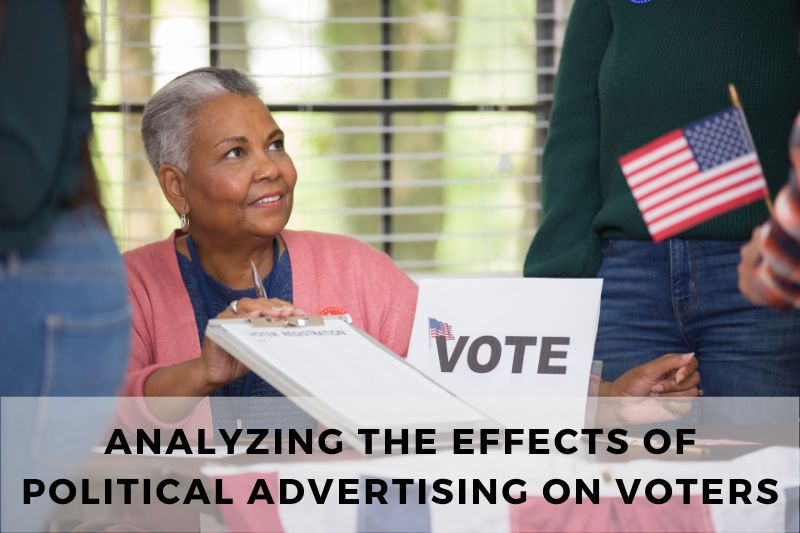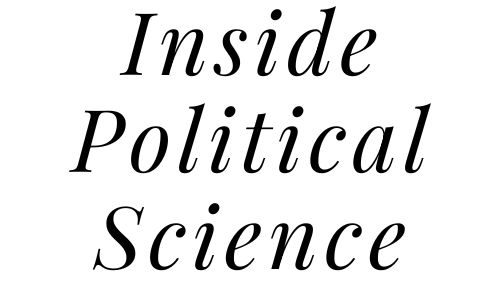
Before every election political advertising saturates the airwaves, social media feeds, and public spaces until we’re all sick of it. It’s hard to escape the deluge of campaign ads, each vying for our attention and, ultimately, our votes. But what impact does this bombardment of messaging have on voters?
In this article, we’ll explore the effects of political advertising on voters and their behavior, from shaping attitudes to influencing turnout. Understanding these dynamics is crucial in assessing the health of democratic processes and the role of media in shaping political outcomes. Let’s delve into the intricacies of this relationship.
What Are the Effects of Political Advertising on Voters?
#1. Shape Voter Attitudes Towards Candidates, Parties, Policies
Political advertising plays a pivotal role in shaping voter perceptions of candidates, parties, and policy stances. Through carefully crafted messages, advertisers seek to portray their candidates in a favorable light while painting opponents in a negative one. These ads often highlight key issues or achievements, aiming to influence how voters view the competence, trustworthiness, and alignment with their own values of each candidate or party.
#2. Influence Voter Prioritization of Issues
Campaign advertisements also affect how voters prioritize political issues. By emphasizing certain topics over others, ads can steer public discourse and shift attention towards issues that benefit a particular candidate or party. For instance, a candidate running on a platform of economic reform may inundate airwaves with ads highlighting their proposed policies, thus influencing voters to prioritize economic issues over others such as healthcare or education.
#3. Impact Choice of Candidate
Perhaps the most direct effect of political advertising is its impact on voter choice. Ads that successfully shape attitudes and prioritize issues can ultimately sway voters towards one candidate over another. Negative ads, in particular, have been shown to dissuade voters from supporting targeted candidates by highlighting their flaws or past mistakes, thus influencing the final decision at the ballot box.
#4. Voter Turnout
Political advertising can also influence voter turnout, albeit indirectly. Mobilization efforts often accompany advertising campaigns, encouraging supporters to show up on Election Day. By energizing their base and emphasizing the importance of participation, political ads can contribute to increased voter turnout, especially in closely contested races where every vote counts.
#5. Reinforce Partisan Loyalty and Polarization
In addition to shaping individual attitudes and behaviors, political advertising contributes to partisan loyalty and polarization within the electorate. Ads often appeal to the emotions and values of targeted demographics, reinforcing existing partisan identities and deepening divisions between opposing camps. As a result, voters may become more entrenched in their ideological beliefs, making compromise and bipartisanship increasingly elusive.
#6. Acquire Knowledge and Information
While political advertising is often criticized for its sensationalism and focus on image over substance, it can serve as a source of knowledge and information for voters. Advertisements provide platforms for candidates to communicate their policy proposals, visions for governance, and critiques of opponents. Although the accuracy and depth of information conveyed in ads vary widely, they contribute to the overall political discourse and help voters make more informed decisions, particularly when supplemented with other sources of information such as debates, news coverage, and candidate websites.
#7. Elicit Emotional Responses
Emotions play a significant role in political decision-making, and political advertising capitalizes on this aspect by aiming to elicit emotional responses from viewers. Whether through stirring imagery, compelling narratives, or fear-inducing messages, ads seek to evoke feelings of hope, anger, fear, or solidarity among voters. Emotional appeals can be particularly effective in swaying undecided voters or mobilizing supporters by forging a personal connection between the candidate and the voter. However, reliance on emotional manipulation can also lead to backlash if perceived as insincere or manipulative, highlighting the delicate balance advertisers must strike in crafting their messages.
Closing Thoughts
Political advertising is a powerful tool that shapes the landscape of democratic elections, influencing voter attitudes, behaviors, and ultimately, electoral outcomes. While it serves as a mechanism for candidates and parties to communicate their messages and mobilize support, it also raises questions about the role of money in politics, the ethics of persuasion tactics, and the impact on democratic deliberation. As we navigate the complexities of modern political campaigns, understanding the effects of advertising on voters is essential in safeguarding the integrity and fairness of electoral processes. Let’s continue to scrutinize and evaluate the role of political advertising in shaping our democracy.
